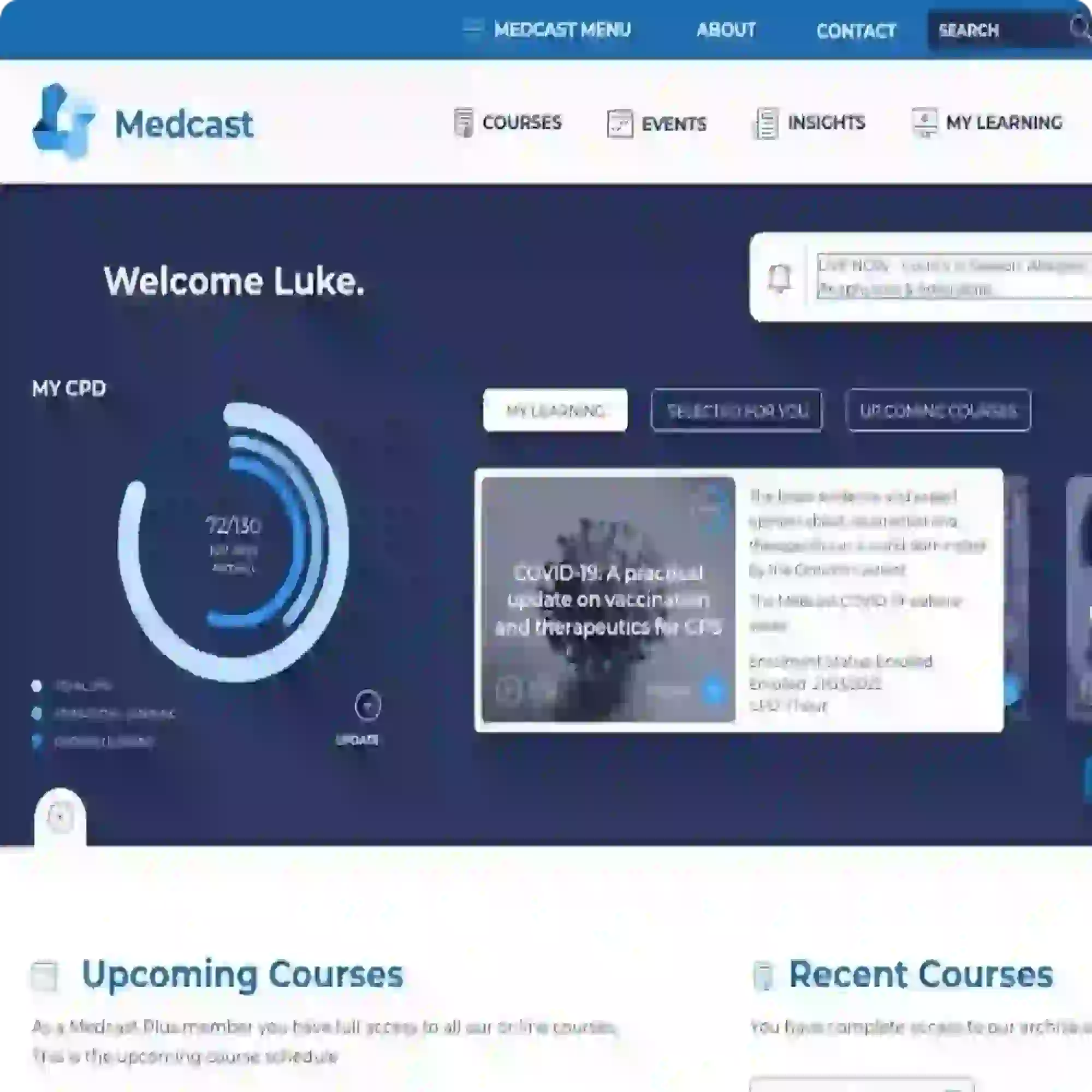How can we prevent suicide?
We are all shocked by the recent steep and unexpected rise in suicide rates in Australia.
Studies involving broad community-based interventions based on a “systems approach” have been influential in forming ideas about suicide prevention in Australia. The Nuremburg Alliance Against Depression (NAAD), a two year community-based intervention, found statistically significant reductions in suicidal acts (deaths and attempts) during the two years of the study in intervention region compared with the control region, a benefit which persisted in the year beyond the study. The approach was then used elsewhere in Europe with success. In Hungary, for example, a systems based approach led to a decrease in suicides in the study region from 30.1 per 100,000 in 2004 to 13.2 per 100,000 in 2005, 14.6 in 2006, and remained as low as 12.0 in 2007, one year after the end of the intervention.
So what is a “systems approach”? It involves concurrent implementation of evidence-based strategies in local communities. A systems approach to suicide prevention recognises that successful suicide prevention requires a multilevel, multifactorial approach, involving both healthcare and community professionals and organisations, along with government and non-government agencies, reflecting the fact that suicide is the result of an accumulation of risk factors, and has multiple points for intervention.
There are nine evidence based strategies that have been shown to reduce suicide:
1. Appropriate and continuing care once people leave Emergency Departments(ED), and for those at risk in the community at any one time
a. 24/7 call out emergency teams experienced in adult/child/adolescent suicide prevention;
b. Crisis - call lines and chat services for emergency callers;
c. Assertive outreach for those in the ED and discharged including those hard to engage with;
d. e-health services
2. Availability of high quality treatment (including online treatments) for mental health problems, such as Cognitive Behavioural Therapy (CBT)and Dialectical Behaviour Therapy (DBT)
3. Training of GPs in detecting depression and dealing with suicide risk.
4. Suicide prevention training of front line staff every three years, including police, ambulance other first responders.
5. Gatekeeper training for persons who are likely to come into contact with at risk individuals (teachers, youth workers, friends and family, clergy, counsellors). Provision of training in appropriate work places , in particular communities (Aboriginal communities) and across other services targeting particular populations, such as people who interact with those with a disability, or unemployed, or in financial crisis, people dealing with child trauma, rape, violence, etc.
6. School-based peer support and mental health literacy programs.
7. Community suicide prevention awareness programs about suicide.
8. Responsible suicide reporting by the media.
9. Reducing access to lethal means of suicide
A systems approach requires co-operation and engagement from a wide range of community agencies to implement these strategies. Let’s hope we can make it happen.
Further Reading:
The Systems Approach to Suicide Prevention http://www.blackdoginstitute.org.au/docs/SystemsApproachBackground.pdf
Proposed NSW Framework for Suicide Prevention http://www.blackdoginstitute.org.au/docs/PROPOSEDSUICIDEPREVENTIONFRAMEWORKFORNSW2015-20204Aug2015_v3.pdf

Gerhard is a full professor of Clinical Psychology at Linköping University, Sweden since 2003, an
d affiliated researcher at the Karolinska Institute, Sweden. Professor Andersson is an internationally recognized researcher in the field of CBT delivered through information and communication technology, as well as the author of the book “The Internet and CBT: a clinical guide”.
UPDATED
The PTSD Program for people with Post Traumatic Stress Disorder.
Do you know anyone who has difficulty motivating themselves to exercise? I think we all know people who get too depressed to exercise or too anxious to leave the house. But there are other people who, despite a lack of “diagnosis”, find exercise hugely difficult to contemplate.
As someone who has practiced medicine for almost four decades I have had the opportunity to observe firsthand the upsurge in the use of opioid pain killers in non-cancer pain.

